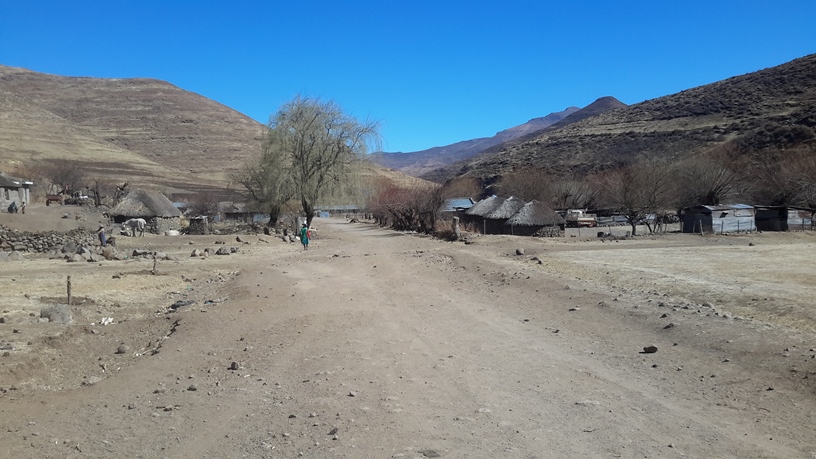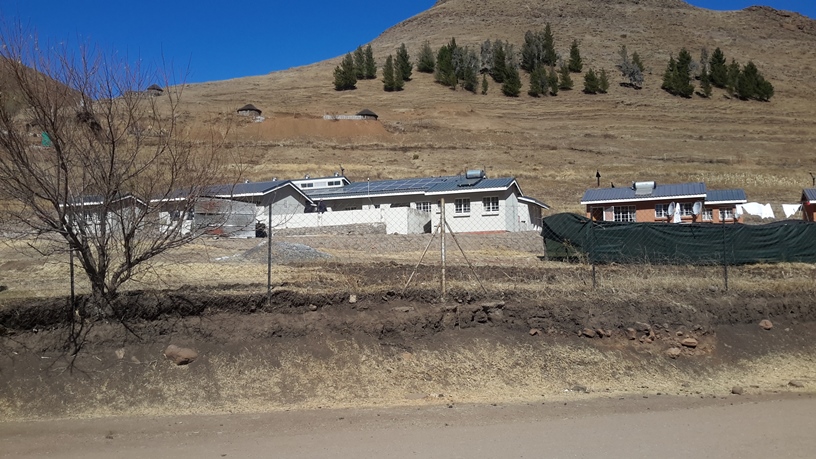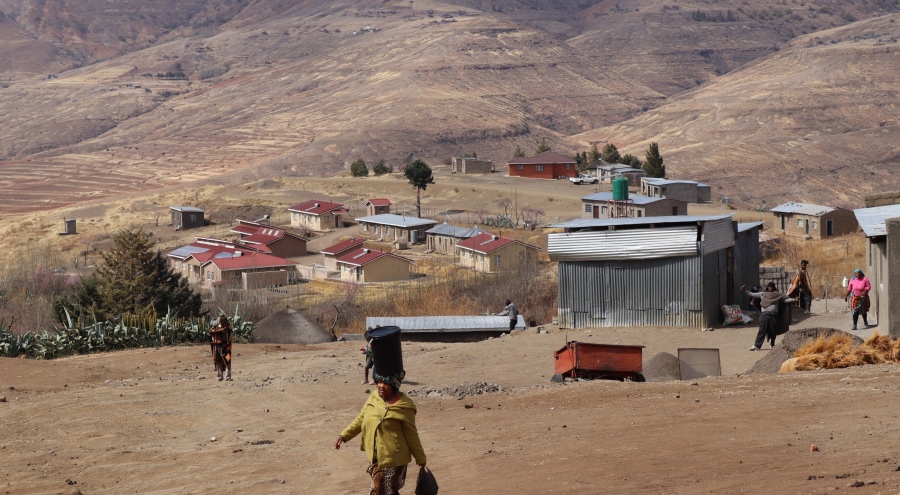This project was carried out in collaboration with local offgrid energy company MOSCET, the National University of Lesotho, and technical lead Gram Oorja, an experienced community minigrid and rural technology company based in India. This project was funded by InnovateUK, the UK’s Innovation Agency.




At a national electrification rate of 41%, Lesotho lags behind its Southern African peers in both electrifications by grid extension and off grid solutions. This is especially true in the rural villages where 60% of the population lives yet less than 10% are electrified. This is despite the fact that there is need for modern energy services that could accelerate development and create business opportunities.

Grid extension is too expensive for rural electrification because of difficult mountainous terrain, and the sparse nature of the population. Mini-grids are a possible solution to this challenge. They have been widely adopted in Sub-Saharan Africa and East Asia.

Unlike its African neighbours, Lesotho had no minigrids installed in 2019. This project aimed to introduce minigrid technology into Lesotho, and demonstrate that they can be a superior sustainable solution for rural energy access. Adapting the successful minigrid model that project partner GramOorja has applied in over 60 remote rural communities in India could allow the creation of an innovative technology and business model for Lesotho. The model combines a minigrid with a set of tailored productivity-enhancing technologies and services (eg water pumping, grain milling, entrepreneurship). Adapting this to Lesotho’s requirements saw the project engaging with local communities to design and test technology and business models to deliver energy access whilst increasing rural productivity and economic growth in those communities.

Despite the challenges of trying to operate and engage with communities and install systems during the pandemic and its immediate aftermath, two innovative minigrids were installed in target communities, and our Lesotho-based project partners continue to monitor the systems and communities and connect more households to the supply.
